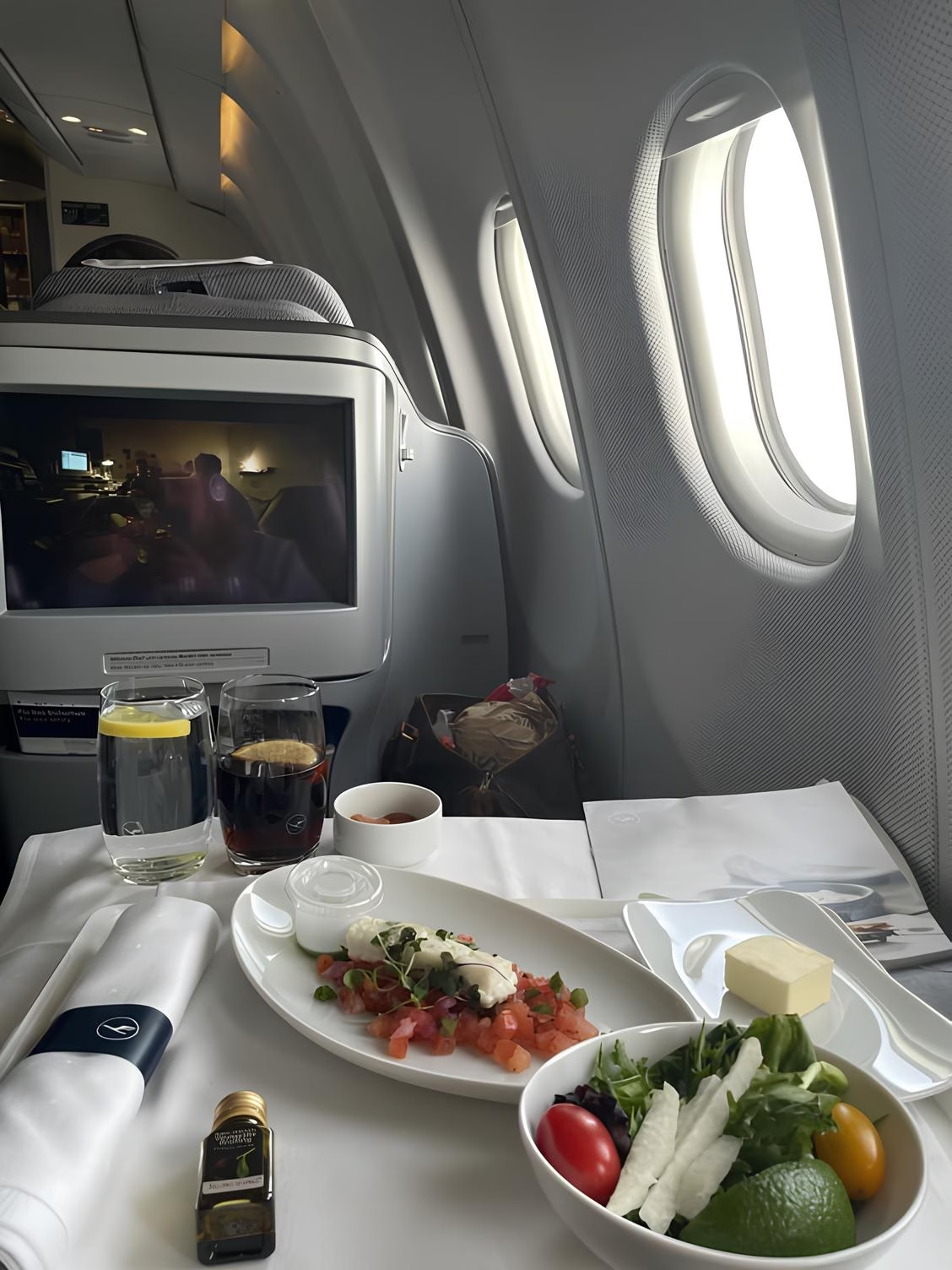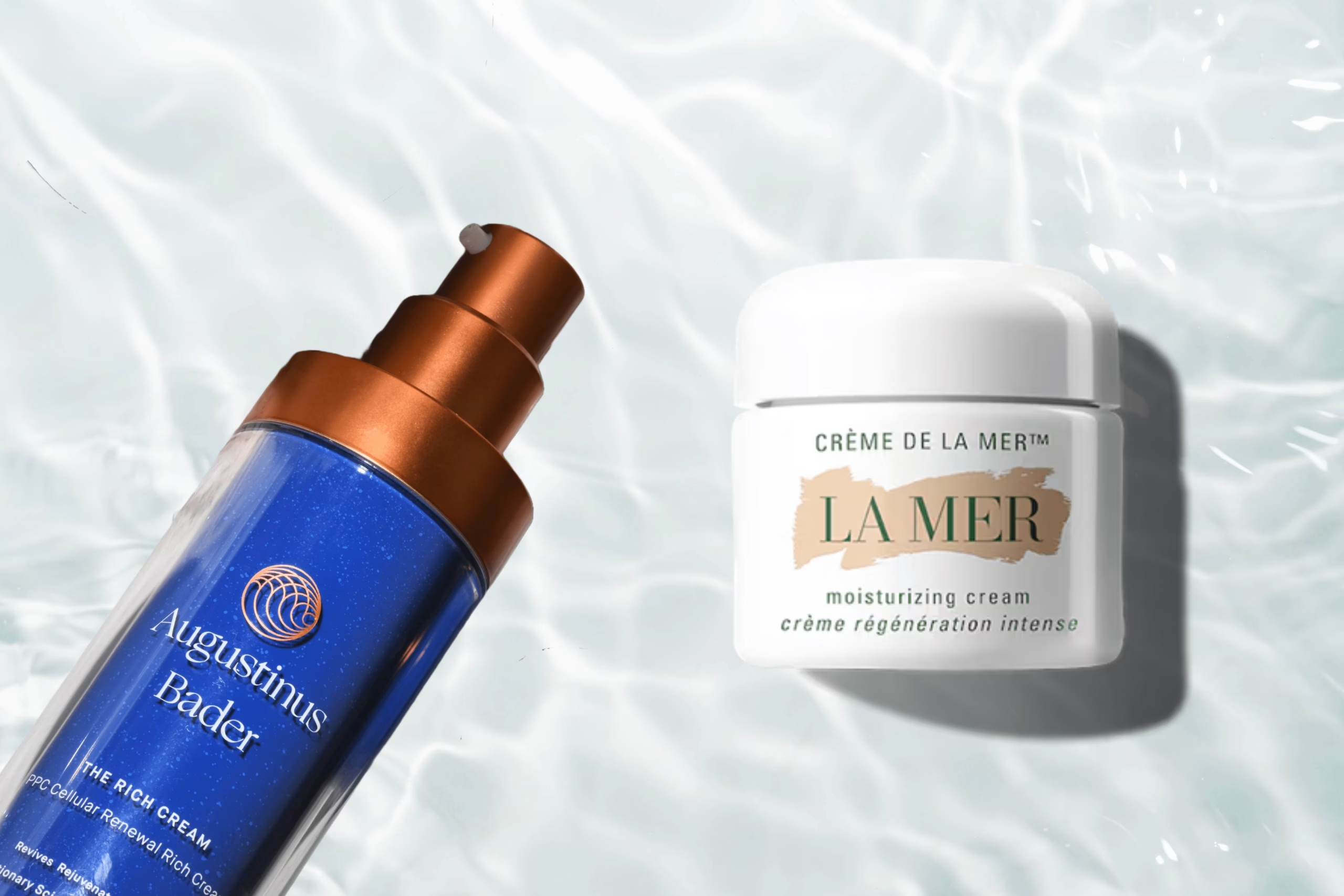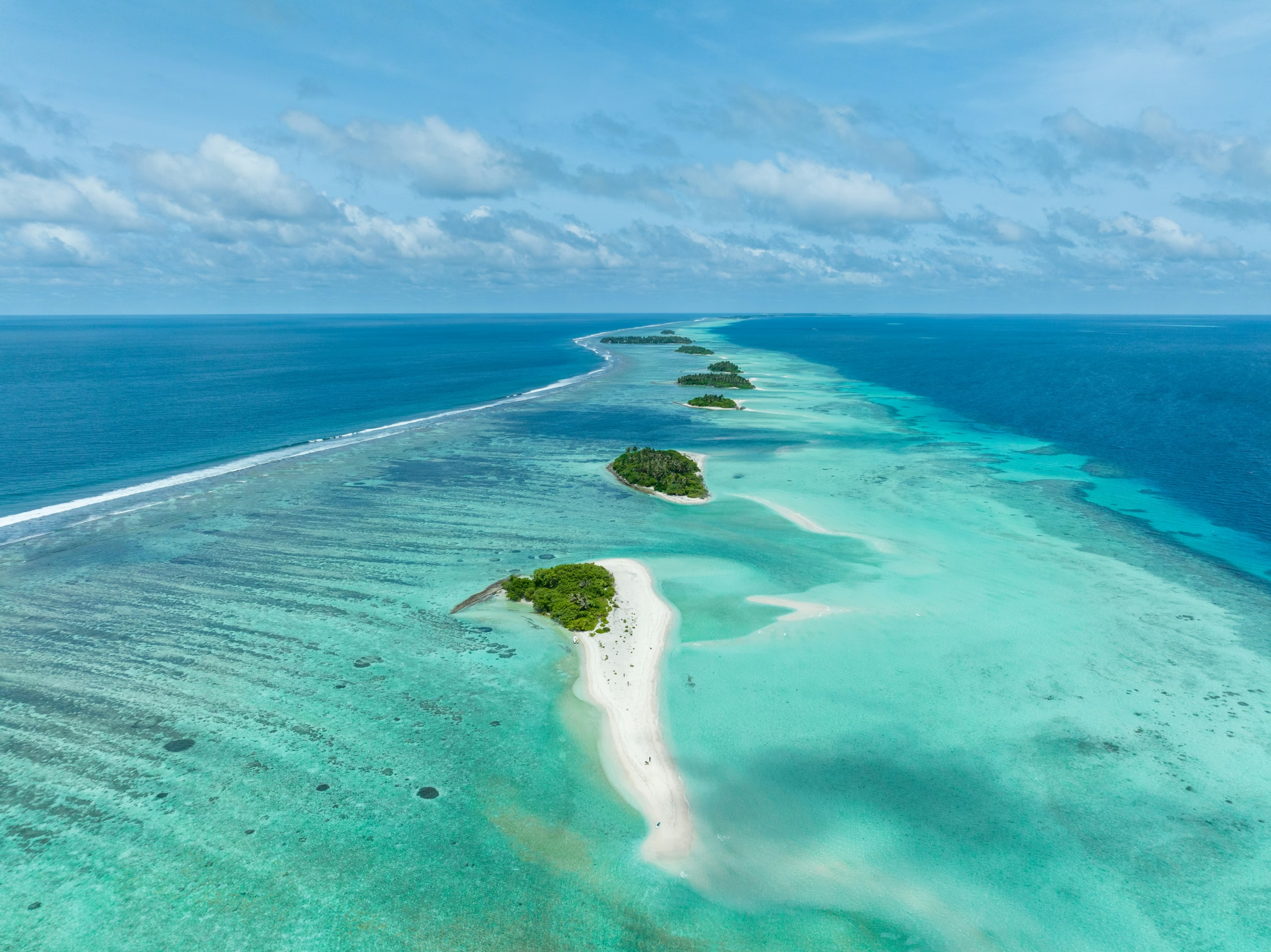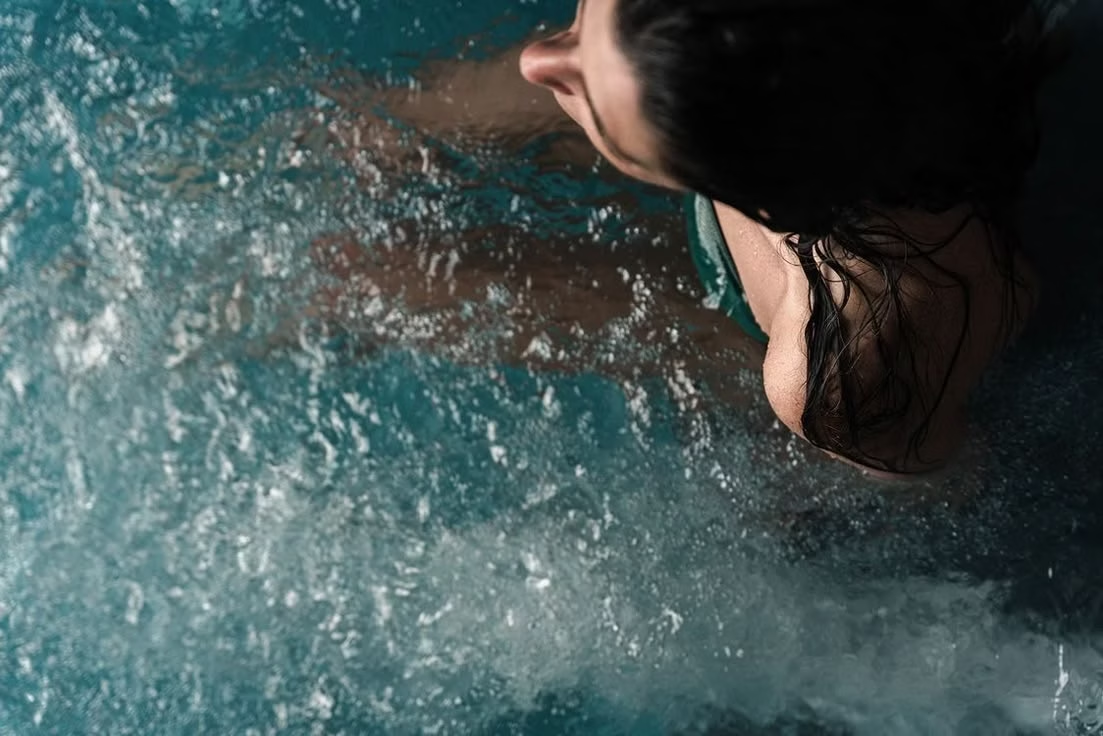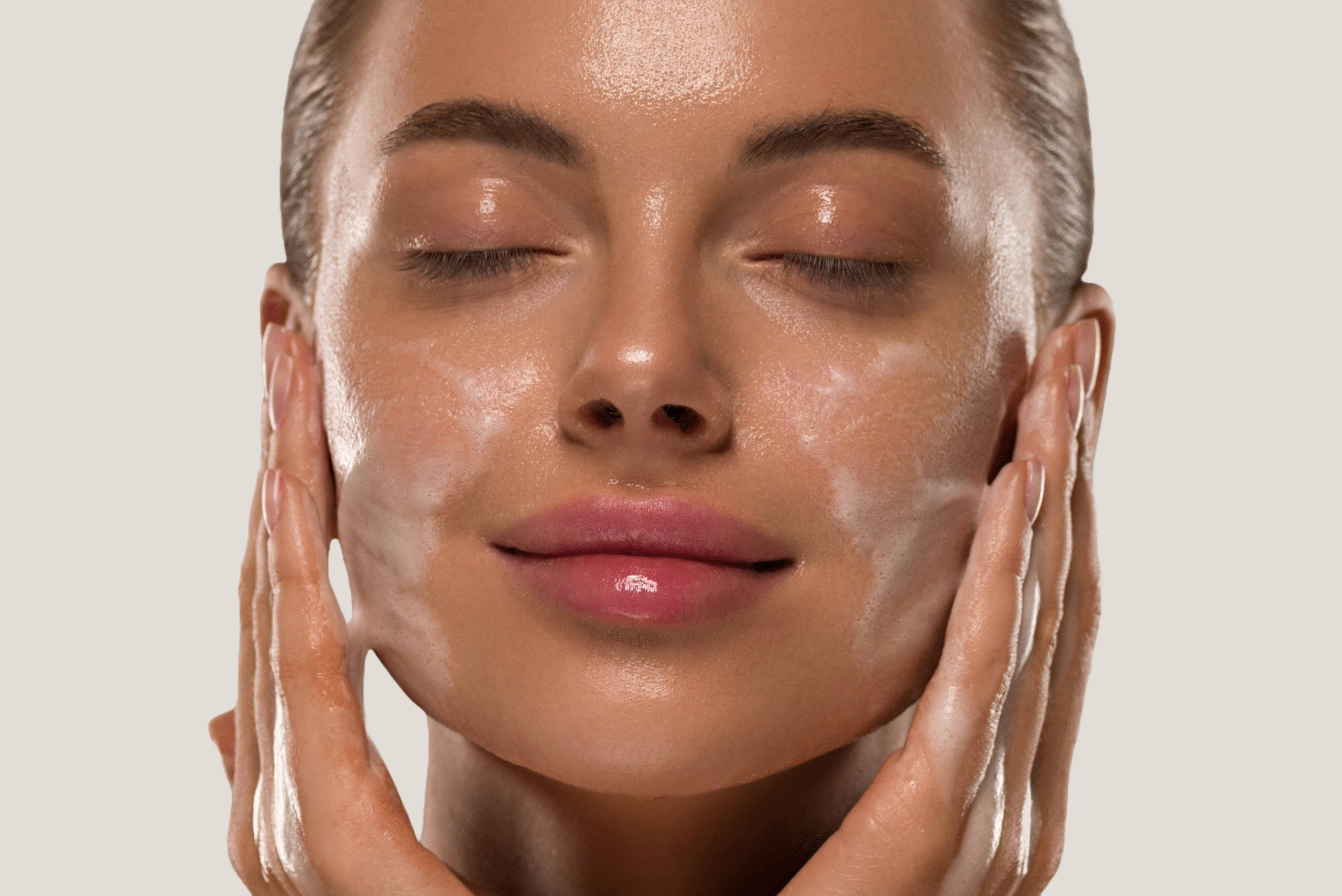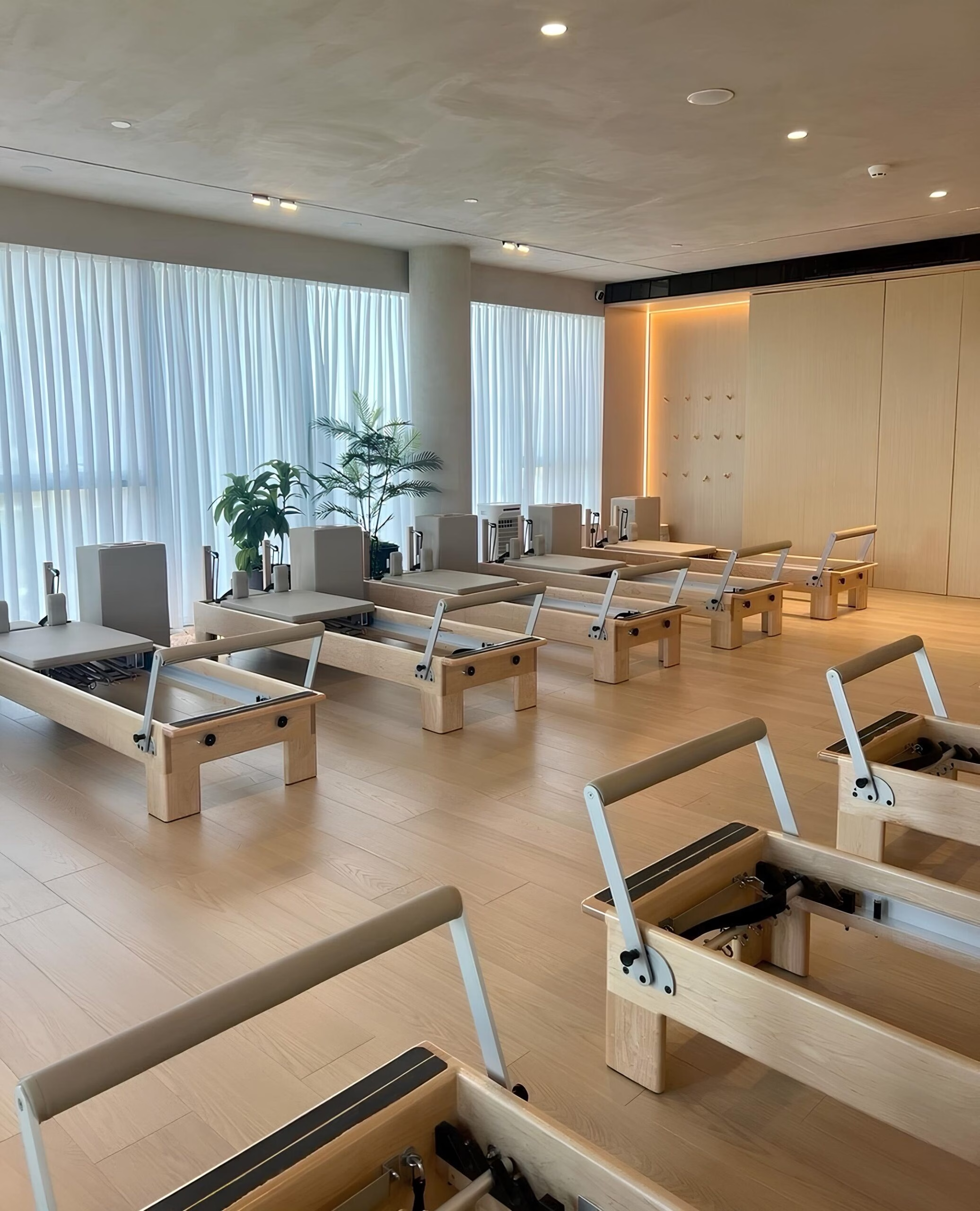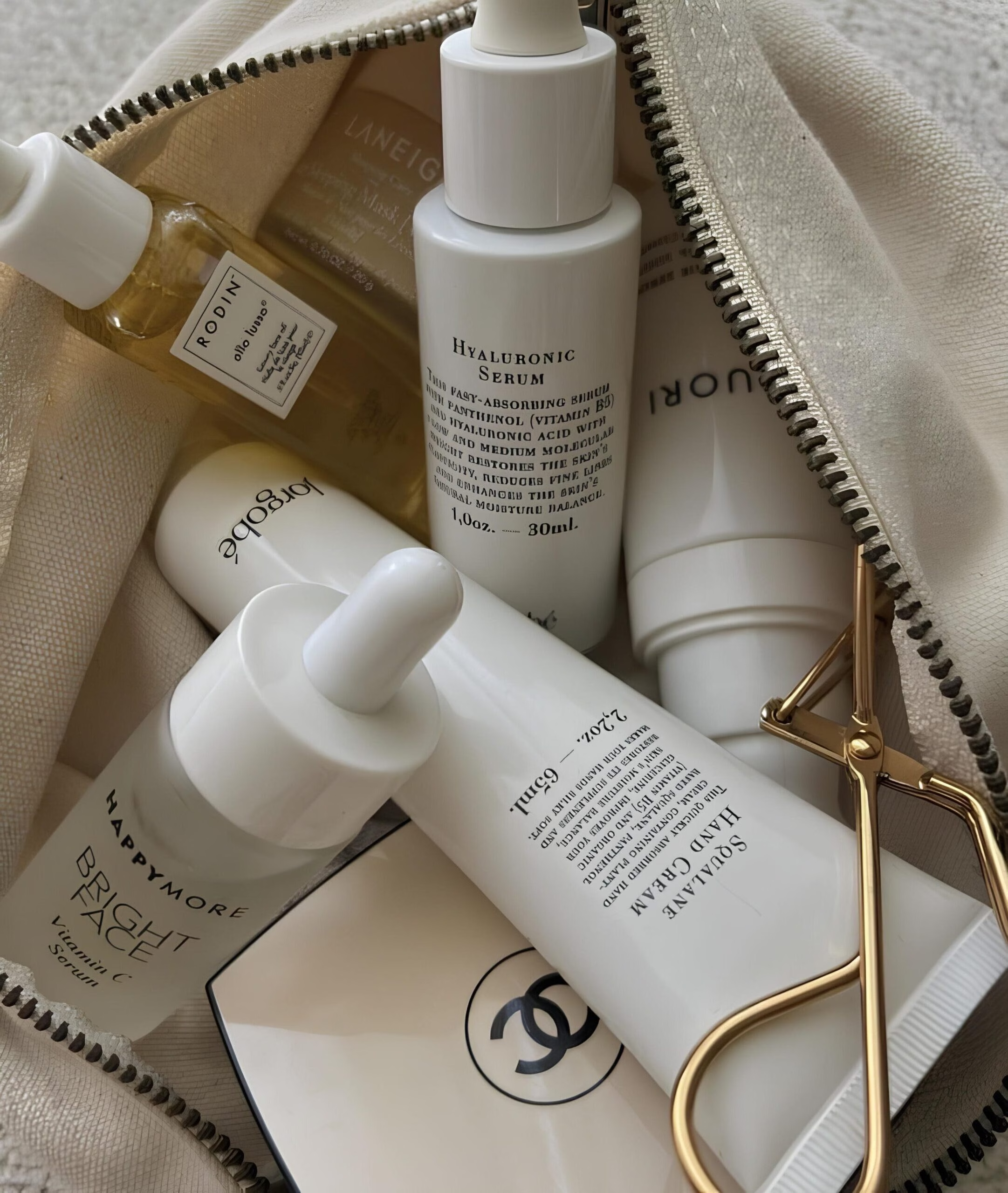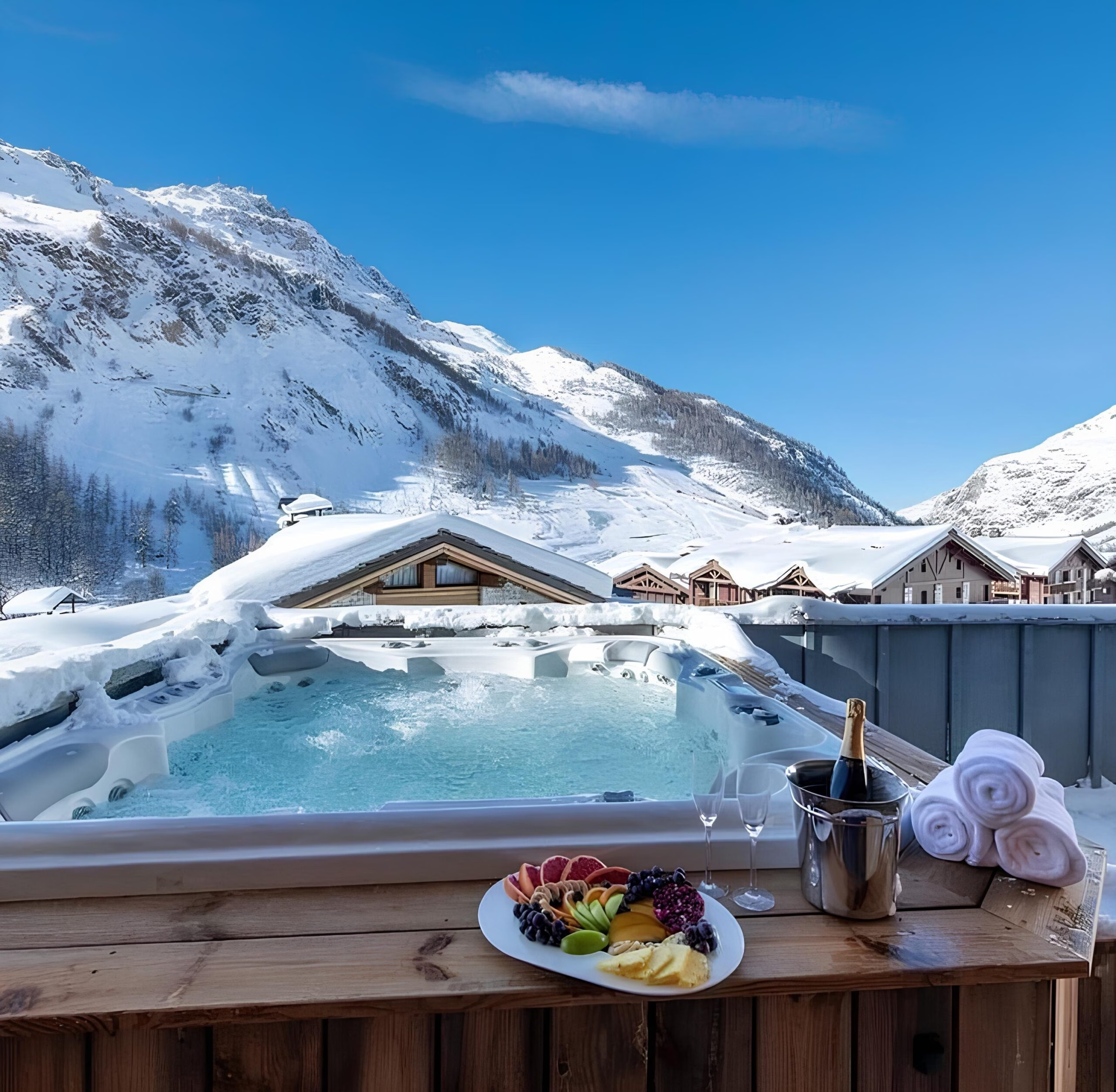Picture this: you’ve just breezed through security, bypassed the chaos of the main terminal, and settled into a private lounge suite where artisanal lattes and globally inspired hors d’oeuvres await. Meanwhile, you know your lie-flat seat is reserved—along with the plush amenity kit that will keep you refreshed mid-flight. Welcome to a level of travel most people only dream about. But here’s what the average Google search won’t tell you: exclusive airport lounges sometimes offer ‘secret menu’ perks (like customized cocktails or off-menu dishes) if you’re polite enough to ask, and certain airlines quietly release upgrade availability in real time—meaning a quick refresh of the seat map could secure a business-class throne at economy prices. Welcome to the ultimate jet-setter’s guide—the insider scoop on lounge exclusivity, in-flight skincare, and seamless seat upgrades.
The Allure of Exclusive Airport Lounges
Step off the concourse and into a realm where the sound of clinking glasses replaces harsh boarding calls, and soft ambient lighting soothes your senses from the moment you walk in. Yes, there’s complimentary fine dining, high-speed Wi-Fi, and cozy seating—but what truly sets top-tier lounges apart is that subtle air of refinement, one that transforms the airport from a place of chaos into a tranquil sanctuary. Picture discovering a hidden tasting menu curated by a Michelin-starred chef or indulging in an on-demand spa session mid-layover. The result? A journey that begins the moment you clear security, infusing every minute of your wait with sophistication and comfort.
Insider Methods for Lounge Access
- Credit Card Perks: Sure, most travelers know about premium credit cards with built-in lounge memberships. However, what many miss is that certain cards offer multiple free guest passes annually, perfect for traveling companions or visiting business associates who lack their own memberships.
- Alliance & Codeshare Benefits: If you hold even mid-tier elite status with one airline, you may already have lounge access at partner locations around the globe. These reciprocal privileges often go unadvertised, so double-check your alliance’s fine print—especially if you’re connecting through a partner hub.
- One-Time Passes: Many assume you must pay a hefty fee at the lounge entrance, but some airlines quietly sell discounted day passes online before you fly. It’s a wise alternative: a few clicks on your airline’s website could secure lounge access at a fraction of the walk-up cost.
- Hidden Corporate Programs: Does your employer have special rates with a specific airline? If so, you might already qualify for lounge access—even if you’re flying economy. Companies frequently negotiate these perks into their travel agreements, so it’s worth exploring your HR or corporate travel portal.
Maximizing Your Lounge Experience
- Avoid the Rush: Lounges overflow during peak travel times—early mornings and just before evening rush hour. If your schedule allows, aim for mid-day or post-peak times for a calmer environment, shorter lines at the buffet, and more personal attention from the lounge staff.
- Ask for Amenities: Often, premium liquors, extended cocktail menus, or even specialty coffees aren’t displayed but are available. Simply inquire if they have a more extensive selection. The same goes for items like blankets or charging cables—staff typically keep a reserve of extras for guests who know to ask.
- Seek Out Quiet Zones: While the main lounge area may be buzzing with travelers, many high-end lounges feature hidden nooks, private rest pods, or quiet suites. These secluded spots are perfect for a power nap, a confidential call, or catching up on work without distraction
- Personalize the Perks: Celebrating an anniversary or birthday? Mention it politely at check-in. Some lounges keep a reserve of small surprises—like a mini bottle of champagne or a gourmet dessert plate—to make your special day feel even more memorable.
Seat Upgrades: Flying First-Class Without Breaking the Bank
Exchanging cramped economy seating for a lie-flat bed, elevated cuisine, and personalized service can completely transform your travel experience. While it’s tempting to assume only the ultra-wealthy fly in premium cabins, the truth is that upgrading can be within reach—even on a budget. With a little know-how, you can enjoy first-class comforts at a fraction of the usual fare, arriving at your destination relaxed, refreshed, and ready to explore.
Leverage Your Miles & Points
- Combine Miles & Cash: Many airlines offer a “miles plus cash” option for upgrades, even if you can’t fully redeem a flight with points alone. This hybrid approach is often less advertised but can be a sweet spot for securing a better seat.
- Mileage Flash Sales: A few times a year, airlines and credit card partners run promotions allowing you to purchase or top up miles at a discounted rate. Monitor airline newsletters and mileage forums to catch these deals—they can quickly push you into upgrade territory.
Pro Tip: Check an airline’s dynamic award chart (if available) in the days leading up to your flight. Sometimes, airlines reduce the miles required for last-minute upgrades, especially if premium seats remain unsold.
Target Off-Peak Flights
- Timing Is Everything: The law of supply and demand works in your favor on flights that aren’t at full capacity. Mid-week or red-eye options often carry fewer business travelers, boosting your odds of securing a premium seat.
- Seasonal vs. Holiday Travel: If you must fly during a peak holiday season, consider traveling on the holiday itself (e.g., Thanksgiving Day or Christmas Day). These flights can be surprisingly empty, increasing your chance of a smooth upgrade.
Pro Tip: Set up fare alerts on travel search engines. When you spot dips in cabin class fares, it may indicate lower overall demand—making your upgrade request more likely to succeed.
Mastering the Bid System
- Airline Auctions: A growing number of airlines now invite travelers to “bid” on upgrades. After booking your flight, keep an eye out for email invitations or check your booking details online. A successful bid might give you a premium seat at a massive discount.
- Optimizing Your Offer: Aim too high, and you lose the cost advantage; bid too low, and you might be passed over. Frequent flyer communities often discuss accepted bid ranges, offering valuable data points to help you find a sweet spot.
Pro Tip: Don’t overlook the timing of your bid. Some airlines lock in winning offers shortly before departure, so placing or adjusting your bid closer to the flight date could help you outmaneuver others.
Inquire at Check-In or the Gate
- Last-Minute Deals: Airline agents sometimes offer discounted upgrades at the check-in desk or gate to fill unoccupied premium seats. A polite inquiry could land you a sizable discount—especially if the airline wants to balance cabin loads.
- Flexibility Counts: If you’re open to flying at a different time or connecting through an alternate airport, mention this to the gate agent. They may rebook you into a more premium seat on a less-crowded flight at little or no extra cost.
Pro Tip: Keep track of seat maps in the days before your flight—premium seats that appear blocked may open up suddenly. Refreshing the seat map or using an app with real-time updates can reveal opportunities for last-minute upgrades.
Corporate Travel Agreements
- Employee Benefits: Some corporations negotiate contracts with airlines that include complimentary or heavily discounted upgrades—even if you’re booked in economy. A quick call to HR or your corporate travel desk could reveal perks you never knew you had.
- Status Matching: If you regularly travel for work, ask competing airlines to match your current elite status from another carrier. Status matches often confer upgrade privileges, lounge access, and bonus mileage accrual, instantly elevating your journey on a new airline.
Pro Tip: When requesting a status match, highlight your recent flight history and future travel plans. Airlines are more eager to match status if they believe you’ll become a loyal, revenue-generating customer.
Weighing the Cost vs. Value
Not all upgrades are created equal. While first-class might be a dream come true on a long-haul or overnight flight, sometimes premium economy offers the best balance of price and comfort—especially on shorter routes. Before you commit, consider:
- Flight Duration: A lie-flat bed is a game-changer on flights longer than six hours, but may be overkill for a quick regional trip.
- Red-Eye Relief: If you frequently fly overnight, the extra rest and more attentive service can justify the cost.
- Earning Potential: Premium fares often accrue bonus miles or status credits, setting you up for future loyalty benefits.
In-Flight Skincare: Arrive Looking and Feeling Refreshed
Airplane cabins typically have low humidity levels, which can dehydrate your skin more than you might expect. Combine that with cabin pressure, recirculated air, and long periods of sitting still, and you have the perfect recipe for dryness, dullness, and fatigue. A simple yet effective skincare routine can offset these effects and help you step off the plane looking rested.
Prep Before You Board
- Hydrate Early: Start drinking extra water the day before your flight, and continue through the boarding process. This sets a good foundation for skin health.
- Light Layers: Apply a gentle serum or moisturizer before you get to the airport. Look for formulas with ingredients like hyaluronic acid, which retain moisture.
Pro Tip: If you’re prone to dryness, apply a heavier moisturizer (or facial oil) about an hour before boarding. This helps lock in hydration.
Keep Skin Hydrated In-Flight
- Facial Mists and Sprays: A quick spritz of a travel-size hydrating mist every few hours can revive tight or parched skin. Choose alcohol-free formulas to avoid irritation.
- Sheet Masks: If you’re on a longer flight, pack a sheet mask with hydrating ingredients like aloe vera or ceramides. It’s a quick way to boost moisture levels and refresh your complexion during a movie or nap.
- Hand and Lip Care: Don’t forget a nourishing lip balm and hand cream. These areas are often the first to suffer from dry airplane air.
Pro Tip: When using a sheet mask, it’s polite to let your seatmate (or flight attendant) know in case they’re unfamiliar with the practice. Proper etiquette keeps everyone comfortable.
Balance What You Eat and Drink
- Smart Hydrations: Water is essential, so aim for a glass every hour or so. Tea or sparkling water can break the monotony if plain water is too bland.
- Limit Alcohol and Caffeine: Champagne in first class can be tempting, but alcohol dehydrates you further. The same goes for coffee. Balance every glass of wine or cup of coffee with extra water.
- Skin-Friendly Snacks: Look for options rich in healthy fats—like nuts or avocados—if they’re available. These can help support overall skin health from the inside out.
Protect Again UV Rays
Even in an airplane, you’re closer to the sun’s harmful rays. If you’re in a window seat (or the sun is shining brightly), consider applying a light sunscreen. A broad-spectrum SPF 30 or above can be enough to safeguard against high-altitude UV exposure. Many modern formulations are lightweight and designed to layer well under moisturizers.
Freshen Up Board Landing
- Quick Cleanse: Use a travel-friendly micellar water or facial wipe to clear off any residual product, sweat, or oil buildup. This step helps prevent post-flight breakouts.
- Light Moisturizer: Reapply a lightweight moisturizer or facial oil to seal in hydration. Opt for products with soothing ingredients like chamomile or cucumber extract, which can calm irritation.
- Eye Cream or Serum: Reapply a lightweight moisturizer or facial oil to seal in hydration. Opt for products with soothing ingredients like chamomile or cucumber extract, which can calm irritation.
An effective in-flight skincare routine doesn’t have to be complicated. Prioritize hydration—from the water you drink to the products you apply—and protect your skin against dryness and UV exposure. By incorporating even a few of these steps, you’ll arrive at your destination looking and feeling fresh, ready to enjoy your trip without missing a beat.
Frequently Asked Questions
How Can I Get Airport Lounge Access Without Flying First Class?
You don’t need a first-class ticket to enjoy airport lounges. Several credit cards include lounge memberships or free guest passes. Additionally, some airlines sell one-day lounge passes online at discounted prices compared to walk-in rates. If you have mid-tier or above elite status with an airline alliance, check if you can use partner lounges when traveling internationally.
Is Paying for a Seat Upgrade Really Worth the Cost?
It depends on factors like flight duration, personal comfort needs, and your budget. On long-haul or overnight flights, upgraded cabins with lie-flat seats can significantly improve rest and reduce jet lag. Meanwhile, on shorter flights, premium economy may be enough if you mainly value extra legroom. Consider whether the added miles, priority boarding, and lounge access (in some cases) justify the extra expense.
What’s the Best Way to Score Last-Minute Upgrades?
Monitor your airline’s app or website for upgrade offers leading up to your flight. Some carriers allow you to bid on an upgrade or offer discounted rates at check-in and the gate, especially if there are unfilled seats in premium cabins. Being flexible with your travel schedule can also help; if you volunteer to switch flights, you might snag an upgraded seat on a later departure.
Which Frequent Flyer Programs Give the Most Lounge Benefits?
The best program varies by region and airline alliance. Generally, oneworld Sapphire and Emerald status grants lounge access worldwide, including business and first-class lounges. Star Alliance Gold members enjoy similar perks across partner airlines. It’s wise to compare how quickly you can earn status on each program based on your usual travel routes.
Do I Really Need an In-Flight Skincare Routine for Short Flights?
Even a short flight exposes your skin to dry, pressurized cabin air. While a comprehensive skincare routine may be overkill for a one-hour hop, simple steps like using lip balm and applying a moisturizing sunscreen can help maintain hydration and protect your skin from UV rays. For flights longer than four hours, consider adding a facial mist or light moisturizer.
What Are the Most Common Mistakes People Make When Trying to Upgrade Seats?
Common pitfalls include assuming a formal outfit alone will get you upgraded, bidding too low (or too high) on upgrade auctions, and forgetting to check alternative flights for better upgrade availability. Another oversight is failing to leverage miles, credit card perks, or corporate travel agreements that could substantially lower the upgrade cost.
Is It Possible to Sleep Overnight in an Airport Lounge?
Policies vary by lounge. Some offer private rest suites or nap rooms, though these may have time limits. If you have an extended layover or overnight stop, call or email the lounge beforehand to confirm whether sleeping is allowed. Many lounges close during off-peak hours, so always check operating times.
Can I Access Lounges and Upgrades with Multiple Airlines If I Have Different Status Levels?
In many cases, yes. If your airlines belong to the same alliance (e.g., SkyTeam, oneworld, or Star Alliance), your elite status can unlock lounge access and upgrades across different member carriers. Always check alliance rules and specific airline policies for details, as some benefits may only apply to flights operated by the airline on which you hold status.
How Far in Advance Should I Plan for Upgrades?
The earlier, the better—especially if you’re using miles or looking to bid. However, last-minute upgrades can appear when airlines need to fill empty premium seats. Combining an early plan (such as booking a fare type that allows upgrade options) with a final check at the gate is the best approach to cover all possibilities.
Are There Any Downsides to Chasing Upgrades and Lounge Access?
Pursuing upgrades can sometimes lead to spending more money or credit card points than you intended. Additionally, focusing on a single airline or alliance to earn status might limit your flight options or scheduling flexibility. Weigh the potential comfort and perks against costs to make sure the chase aligns with your overall travel goals.

